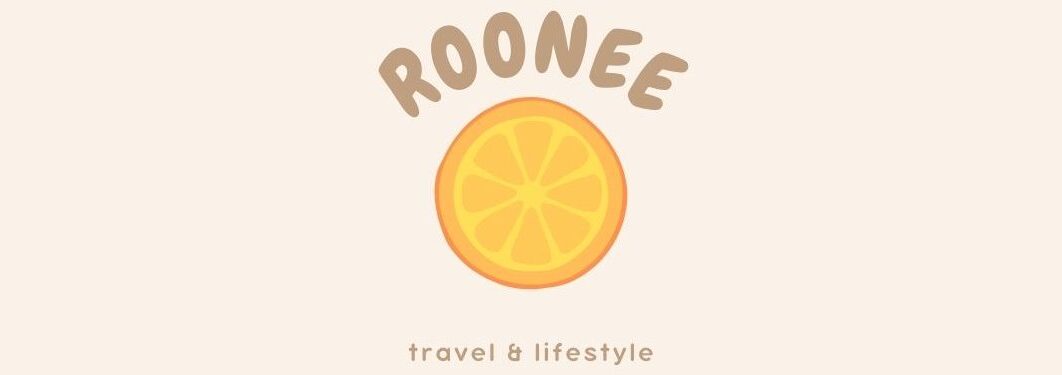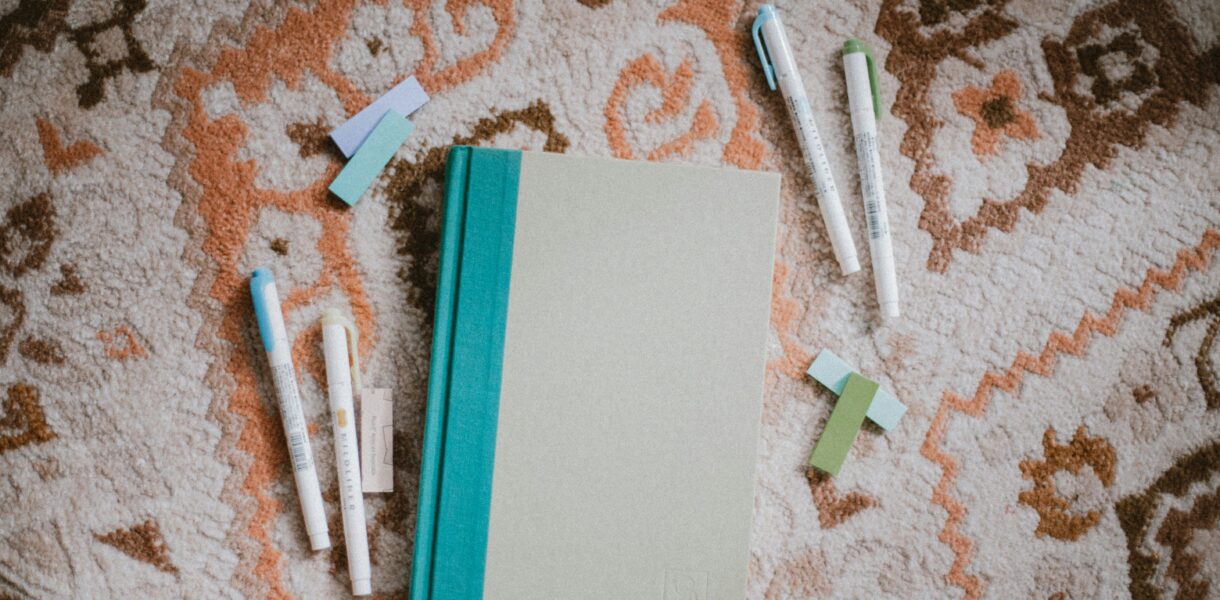For a long time, I didn’t really understand the appeal of annotating books. I’d see photos of heavily highlighted and tabbed books on Instagram, and I’d wonder why anyone would want to mark up their books like that. It reminded me of my university days, where I’d annotate and scribble notes in textbooks for essays and exams, but now that I’m not studying anything in particular, it didn’t seem like a necessary habit to pick up again.
Recently, my reading habits have shifted a bit. I have a pattern of reading what I like to call a “sensible” book every couple of books. These aren’t the kind of books I read for fun or because I expect a thrilling plot—they’re books I choose because I want to learn something new, usually non-fiction, and I feel they’ll be good for my personal growth or knowledge. Unsurprisingly, many of these books are challenging, either because they’re dense with information or because they tackle heavy, complex subjects. I often find myself rereading passages multiple times to make sure I fully understand the main points.
Why I Started Annotating Books
A few months ago, I decided to give annotating a go. I figured if I was struggling to take in the information, perhaps marking up the text would help me process it better. I bought some new highlighters, sticky notes, and a notebook, and got started with my latest “sensible” read: Blood Rites, which delves into the psychology of war and violence.
The first thing I annotated was a passage that sparked my interest but required further reading. I chose a specific colour, highlighted the section, and placed a matching sticky tab at the top of the page. From there, I created a colour-coded key at the front of the book to track my different categories of annotations.
Next, I came across some of the main points in the book—passages that seemed central to the author’s argument. I highlighted these in a new colour, added sticky tabs to the relevant pages, and updated my key. I also started marking great quotes with yet another colour. As I continue reading, I’m still wondering whether I’ll need to add more categories as I go along.
Notes To Accompany My Annotations
I also keep a small notebook nearby while I read. I use it to jot down key points, summarise important passages, and write out quotes I want to remember. This process makes reading take a bit longer than usual, but it has made a world of difference in helping me retain the information. Thanks to the sticky tabs and notebook, I can easily refer back to key ideas and quotes whenever I want.
Surprisingly, I’m enjoying annotating much more than I thought I would. It’s turned reading into a more interactive process for me, and I’ve found it really helps me stay engaged with the material. I can now totally understand why some people choose to annotate their fiction reads. In fact, I’ve seen plenty of creative ways to annotate fiction—like assigning each character a specific colour and marking up the scenes where they do something significant or where the reader felt particularly connected to them.
The possibilities with annotating are endless. Whether you’re trying to better understand non-fiction, keep track of key plot points in a novel, or simply get more out of your reading experience, it’s a fantastic tool.




